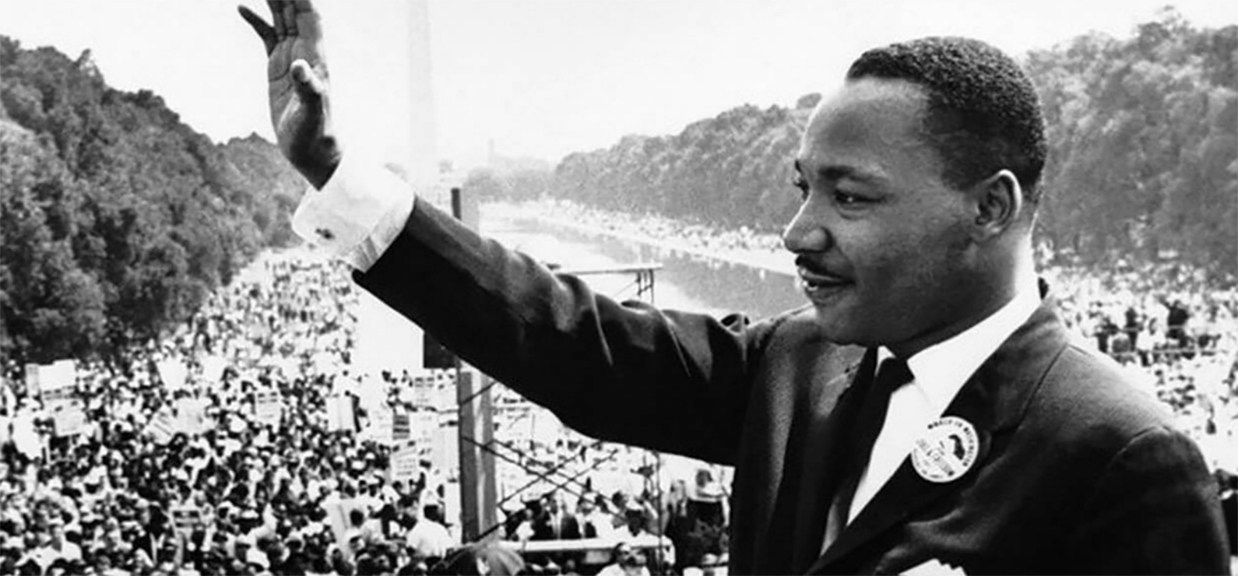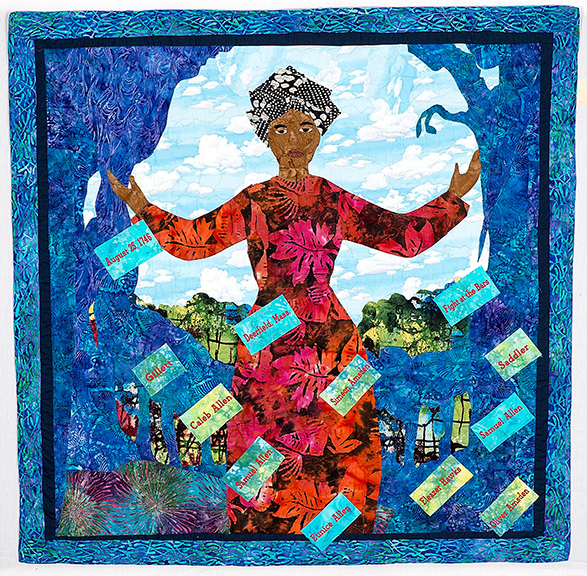Had he lived, he would’ve been 87 tomorrow, Jan. 15. Hard to believe. All those years. When he was cut down in his prime in Memphis on April 4, 1968, the Rev. Dr. Martin Luther King Jr. nonetheless left a legacy of civil rights activism and peaceful protest in the face injustice that is still sorely needed in the world today. Organizations around the world will be remembering him on his official day, marked on the third Monday in January, this year Jan. 18. Among the tributes is a presentation by The Academy of Motion Picture Arts and Sciences and the Jacob Burns Film Center in Pleasantville at 3 p.m. Introduced by Richard Valeriani, an NBC News correspondent for 28 years who covered the Civil Rights Movement, “King: A Filmed Record…Montgomery to Memphis” charts the preacher’s Pilgrim’s Progress from 1955 to ’68, from regional activist to world leader.
Rare footage of King’s speeches, protests and arrests are interspersed with testimonials from Harry Belafonte, Paul Newman, Ruby Dee, Charlton Heston and James Earl Jones, to name just a few. A 35mm print, provided courtesy of the Academy Film Archives, will be used to screen this 1970 Academy Award-nominated film. For tickets and more, visit https://burnsfilmcenter.org/booking/king-a-filmed-record-montgomery-to-memphis/.
Meanwhile, the Bruce Museum in Greenwich presents 40 quilts from artists of the Women of Color Quilters Network in “And Still We Rise: Race, Culture and Visual Conversations” through April 24. Using the powerful medium of story quilts, the exhibit narrates nearly four centuries of African-American history, from the first slave ships to the first African-American president and beyond. The show, now on a national tour, is curated by Carolyn Mazloomi and presented by the Women of Color Quilters Network in partnership with Cincinnati Museum Center and National Underground Railroad Freedom Center.
Among the vibrant works is Peggie Hartwell’s “Lucy Terry Prince: The Griot’s Voice” (2012), which weaves the story of an 18th century slave who became the first African-American poet through cotton fabric, cotton batting, cotton thread and nylon thread that Hartwell appliquéd, embroidered and quilted by hand and with machinery.
In 1746, Terry became the earliest known African-American poet when she wrote about the last Native American attack on her village of Deerfield, Mass. Abijah Prince, a freed slave, bought Terry’s freedom and married her. They became parents of six children, and Mrs. Prince became the family spokesperson, protecting their personal and family rights.
Her poem, “Bar’s Fight,” would not be published until 1855.
But it was published.
For more, visit brucemuseum.org. – Georgette Gouveia


